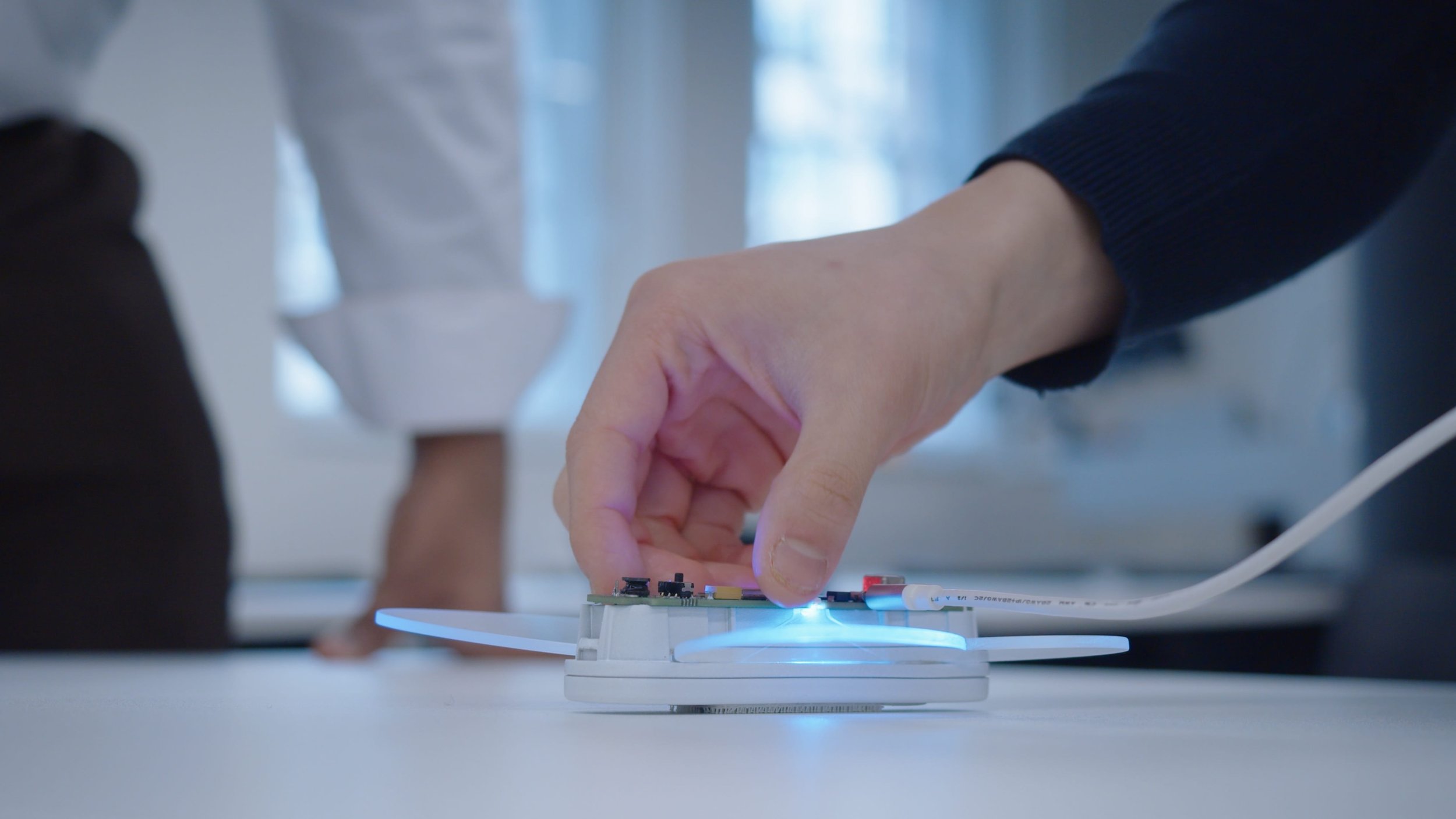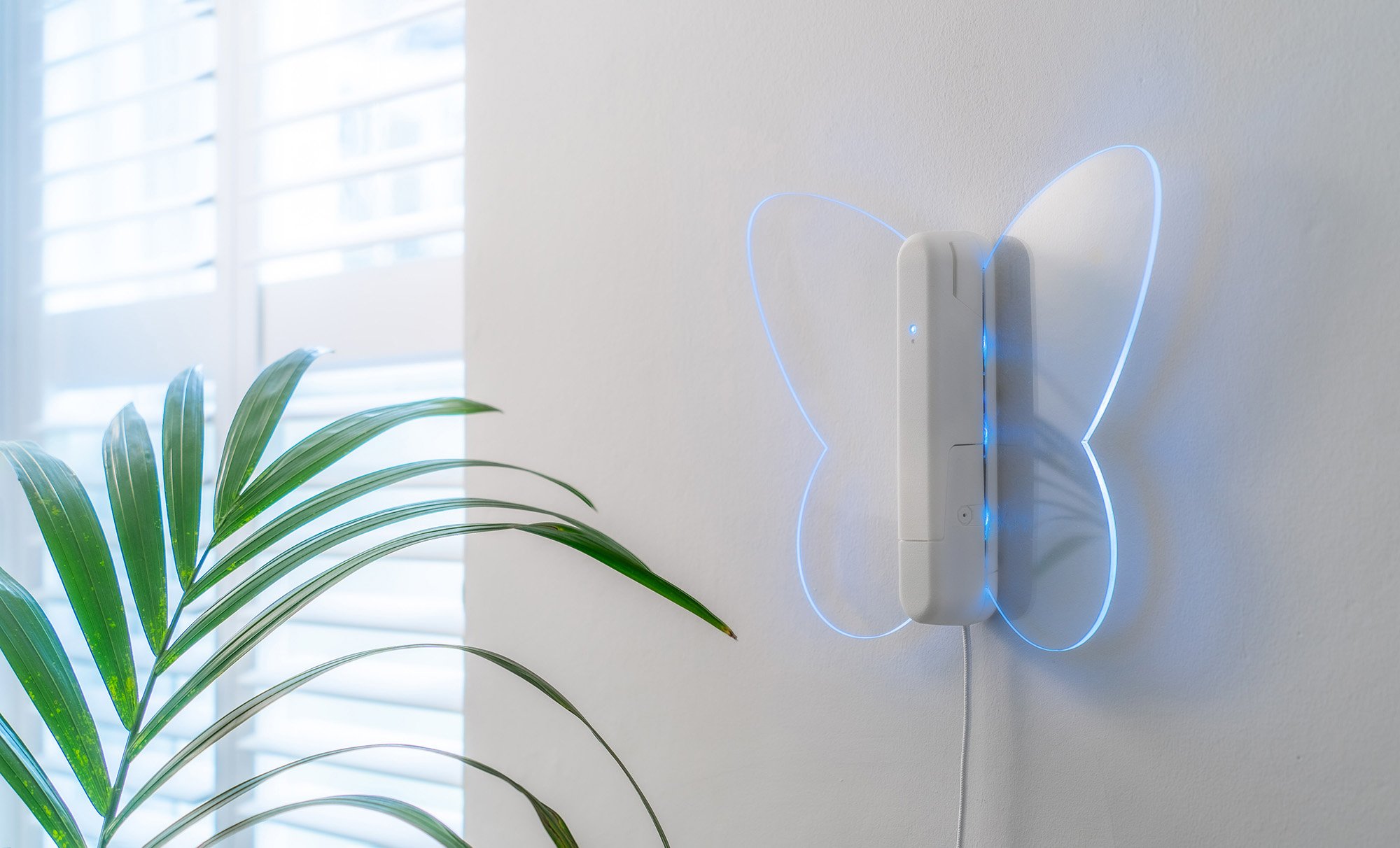Butterfly Air
Healthy air makes sense for people and planet
18 July 2024
By Sam Peters, Planted Co-Founder
According to the World Health Organisation the combined affects of ambient and household air pollution are associated with 6.7 million deaths every year.
It is a silent, often invisible killer. The air that we breathe is not only fundamental to our own prospects as a species but also the other species upon which we depend.
One of nature’s ways of raising the alarm when something is dreadfully wrong is through an absence of insects in warmer months. Notably butterflies, which research has shown are highly sensitive to toxic pollutants in the atmosphere which we may at times fail to acknowledge, but to them pose an immediate and mortal threat.
Research led by Reading University in 2022 found air pollution, which masks the scent of flowers and therefore ‘confuses’ pollinators including butterflies, moths, bees and other insects, could reduce pollination rates by as much as 31 per cent.
And while fine particulate matter in the air, caused largely but not exclusively by burning fossil fuels, poses a direct threat to our lungs, with the smallest (below 2.5PMI) capable of infiltrating into our bloodstream, air pollution also poses a direct threat to nature’s ability to produce food. To reproduce.
Meanwhile, in business terms, the process of heating and ventilating offices in order to facilitate healthy and productive working environments, accounts for an eyewatering 70 per cent of running costs for commercial buildings. In so many ways, this presents an opportunity.
So, when facing a challenge of this scale, it is entirely fitting a solution should be found in the image of the butterfly, that most delicate of creatures, whose sensitivity to air quality provides us with the modern-day equivalent of absence canary down the mine. In simple terms, an absence of butterflies in summer means an absence of clean air.
Nick and Ali Munro, the co-founders of the aptly named Butterfly Air, believe they have invented a product which can not only monitor and improve the health of a building, but also radically reduce the overhead costs of running it.
‘In nature when butterflies are present it is mother nature telling us the air quality is good,’ explains Nick, who is also visiting professor of design at Imperial College London.
‘That’s true whether you’re in Leicester or Lima. There are 6.7 million deaths annually associated with bad air quality. The problem is huge and the solution needs big thinking.’
The solution the pair have invented, along with a team of artists, scientists, designers and storytellers, is a butterfly shaped piece of patented technology which can be deployed across buildings to monitor air quality.
Crucially, the Butterfly Air monitoring device is also designed to minimise its own impact on the environment, produced as it is using post-consumer waste.
‘We did not want to create something which solved one problem but caused another,’ explains Ali, who has vast experience in the fields of colour and textile design.
‘Tech waste is a massive global problem. We have designed a product out of waste which can in turn be recycled at end of life.
‘We do not profess to be perfect, but by making the product out of waste plastic we have reduced our carbon footprint by 94 per cent.’
With an easy-to-follow colour coded warning system and data collection which, vitally, operates independently from the digital infrastructure of secure establishments such as hospitals or educational establishments, Butterfly Air has been certified by both WELL and BRE, the gold-standard building certifications for employee health and wellbeing.
Crucially, from a business perspective, the creators of the Nottingham-made product, which also monitors air temperature and carbon dioxide levels as well as particulate matter, believe the more sophisticated measurements and accuracy of the date, can help radically reduce energy consumption.
Sophisticated air monitoring makes commercial as well as environmental sense.
‘Seventy per cent of all energy consumed by UK buildings is through heating and ventilation,’ explains Munro.
‘Butterfly Air provides a more sophisticated measurement of air quality and can help reduce energy consumption by providing a better understanding of when and where to ventilate.’
Nick warms to the theme which will, ultimately, pique most interest from business owners, increasing awareness of the commercial benefits of a healthy and happy workforce.
‘Because this system generates trustworthy, accurate and reliable data it can be used to manage a building and achieve a 40 per cent reduction in the energy costs of running that building.
‘That data can be used to control and balance internal purification systems with external mechanical ventilation, so we get health benefits, sustainability and energy savings.
‘We have verified that at Imperial College by trialling the system with the estate management team.’
As awareness grows about the damage poor air quality causes to our health, the economy and the wider environment, so to does the urgency to find cost-effective and circular solutions.
Butterfly Air appears to do just that. And at Planted we are proud to support what we consider to be an outstanding design solution to one of the biggest environmental threats known to us.
Ends
For more information on Butterfly Air visit www.butterfly-air.com





